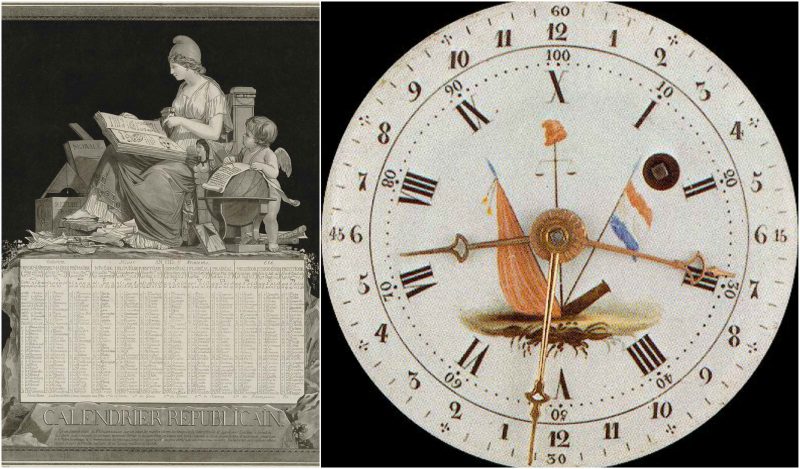In order to mark the new age of liberty, in 1793 French revolutionaries decided to replace the old Gregorian calendar with a new, secular one – a French Republican calendar.
The new calendar had twelve months named after natural elements, while the Saints’ named days were named after seeds, flowers, animals, trees, fruits, or tools. December 25 was assigned to both Jesus and Newton.
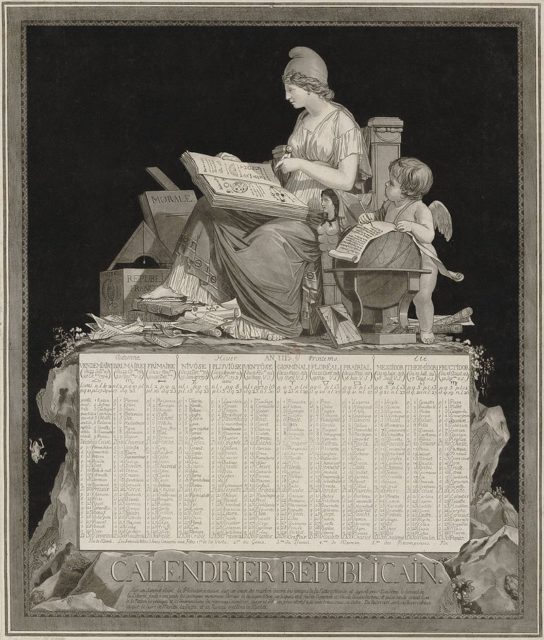
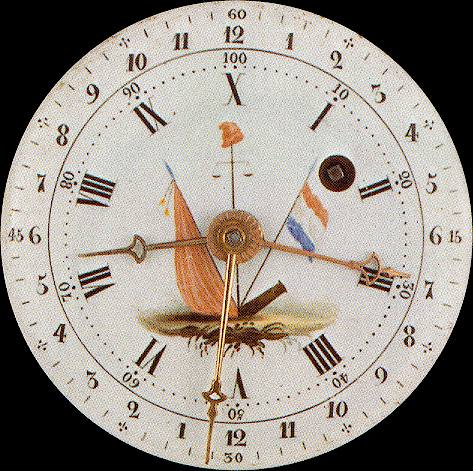
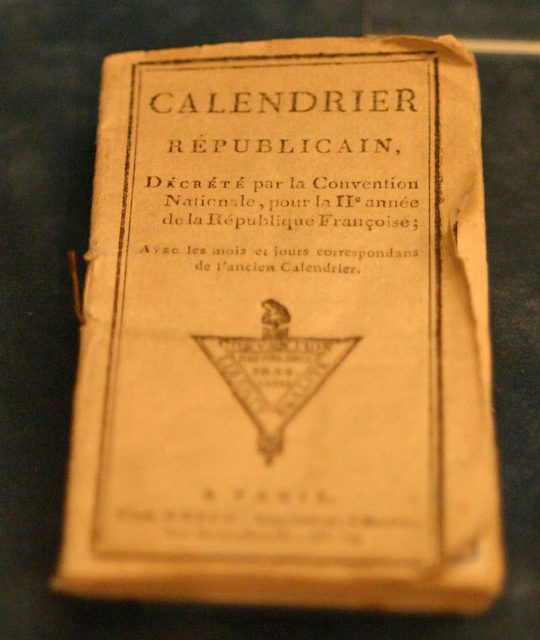
According to the new calendar, 1792 was Year One. The model was invented in 1788 by Sylvain Marechal, a French philosopher and precursor of utopian socialism and communism. That same year he published the first edition of the “Almanac of Honest People” which contained a calendar of twelve months.

Marechal’s calendar started with “Mars, ou Princeps” (March, or First), while the last month was “Février, ou Duodécembre” (February, or Twelfth).
Since September means “the seventh” and December means “the tenth,” Marechal’s calendar did make some sense. The lengths of the months were the same as in the Gregorian calendar, only each 10th day (the 10th, 20th, and 30th of each month) was singled out to signify the end of a decade.
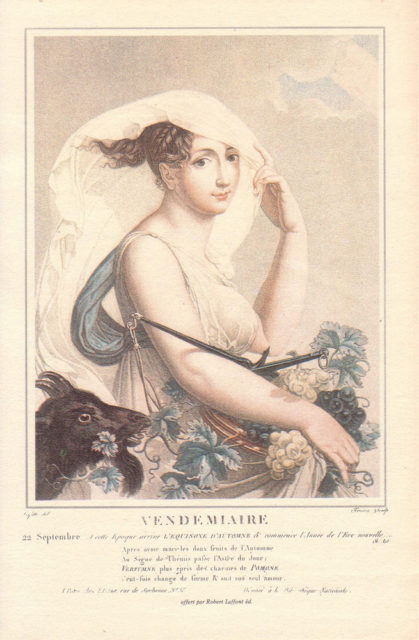

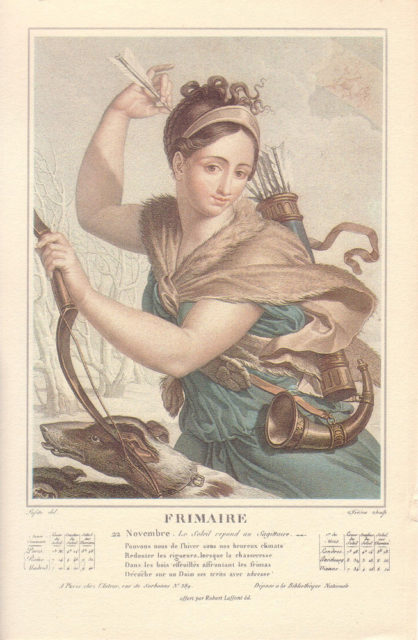
In 1783, the French Republican calendar was created by a commission under the direction of the politician Charles-Gilbert Romm, assisted by Claude Joseph Ferry and Charles-Francois Dupuis. Many others contributed to the creation of the calendar – mathematicians, astronomers, geographers, politicians, and philosophers.
Charles-Gilbert Romm presented the calendar to the Jacobin-controlled National Convention on 23 September 1793, which adopted it on 24 October 1793. September 22, 1792 was appointed as the beginning of the “Republican Era” and indicated with the Roman Numeral I as the first year of the republic. This was a year before the calendar came into use. By law, the beginning of each year was set at midnight, beginning on the day the apparent autumnal equinox falls at the Paris Observatory.
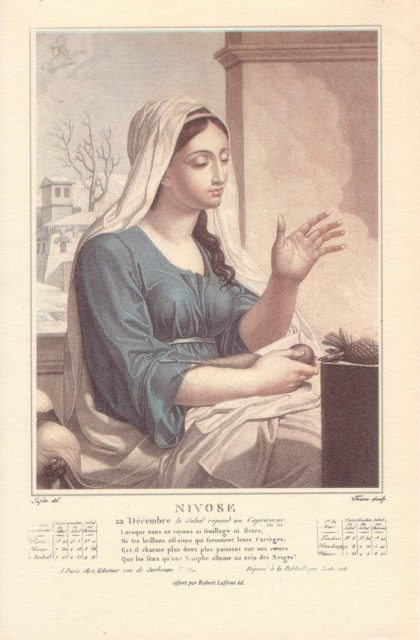
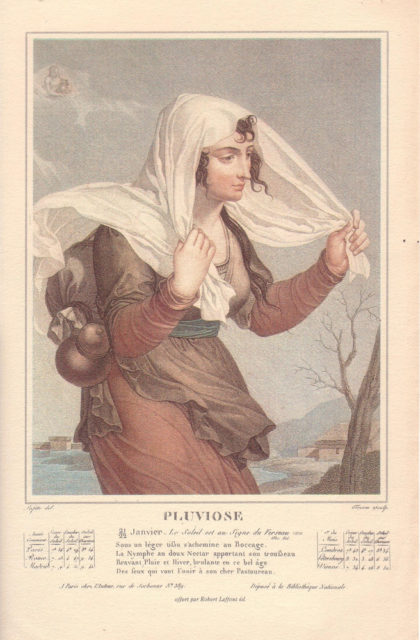
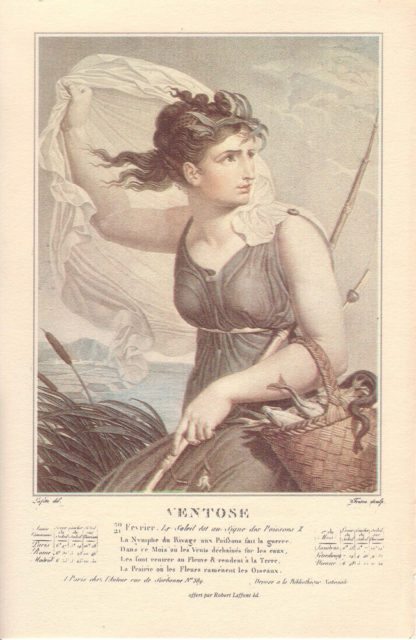
The months of the Republican calendar were divided into three ten-day weeks called decades. So, there was no weekend beginning on the sixth day of the week – each tenth day was the day of rest and festivity. There were five or six extra days called complementary days, and they took place at the end of the last month – February.
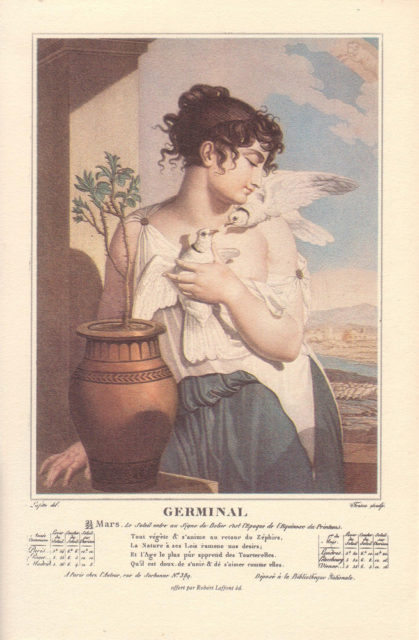

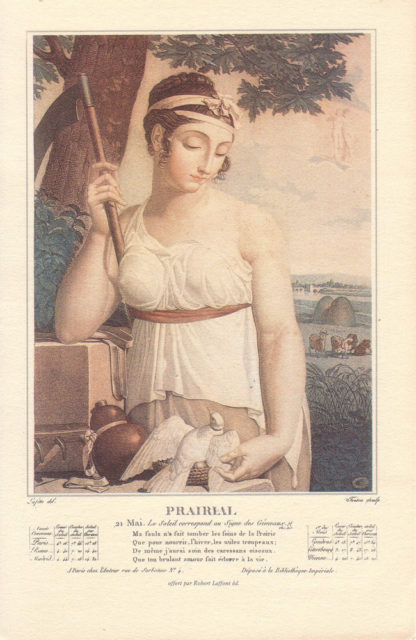
The calendar was almost an exact copy of an Ancient Egyptian system, only in the Egyptian calendar the beginning of a new year was marked by summer solstice, and in the French Republican it was the autumn equinox. A period of four years ending on a leap day was to be called a “Franciade” while the leap year was called a “Sextile.”
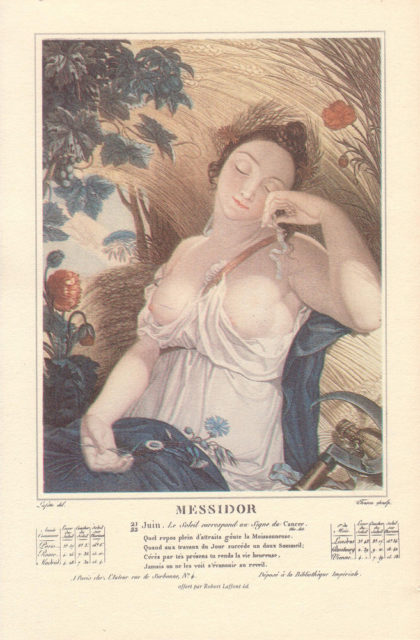
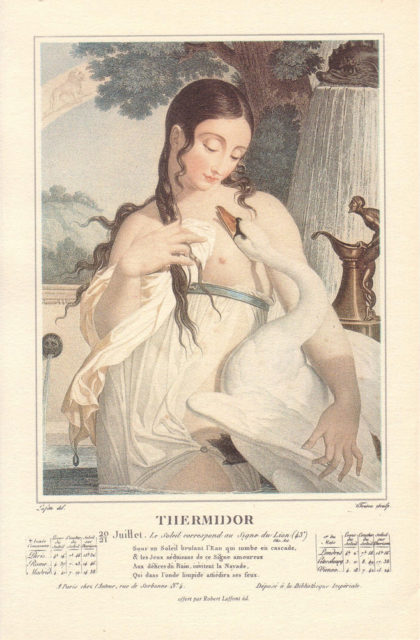
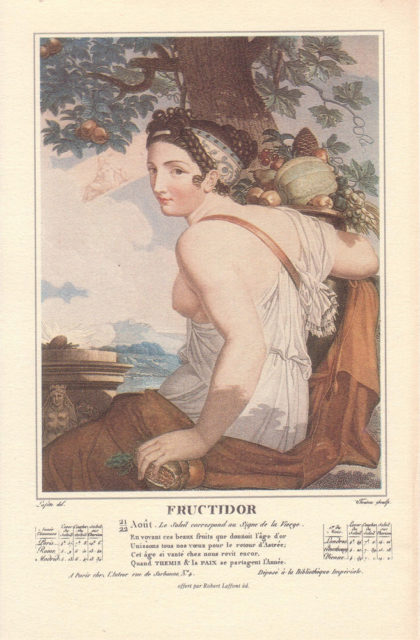
Curiously, the days in the Republican Calendar last ten hours, each hour 100 decimal minutes, and each minute 100 decimal seconds. It means that an hour was long 144 conventional minutes (more than twice as long as a conventional hour), a minute was 86.4 conventional seconds (44% longer than a conventional minute), and a second was 0.864 conventional seconds (13.6% shorter than a conventional second).
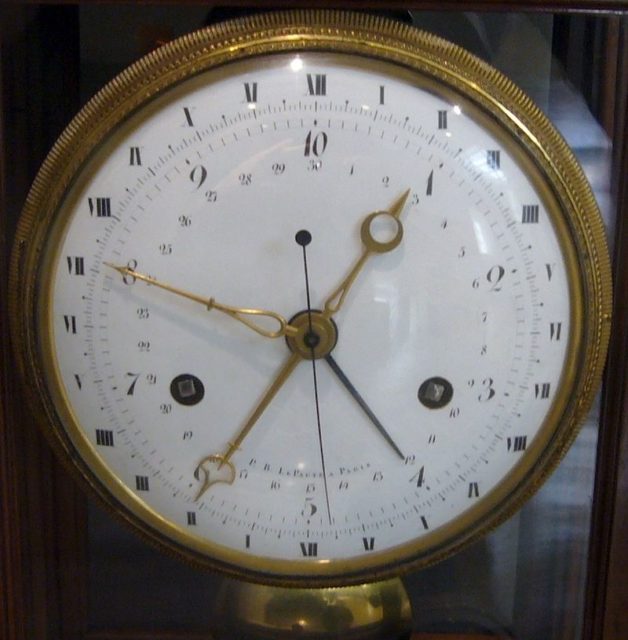
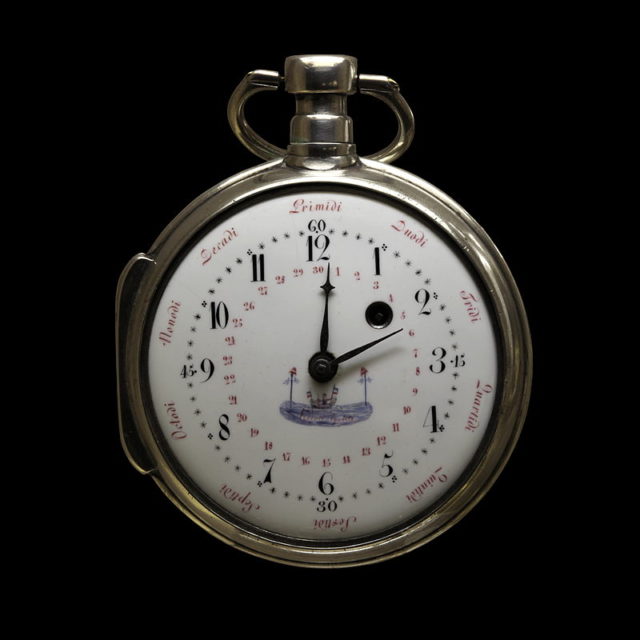
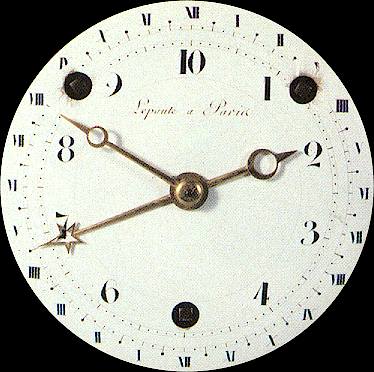
In addition, clocks were manufactured to display the decimal time. It was hard to live in accordance to the decimal tempo.
Here is another fun story from us: The most beautiful ancient clocks around the world
The calendar survived for twelve years and was abandoned by Napoleon on January 1, 1806.
